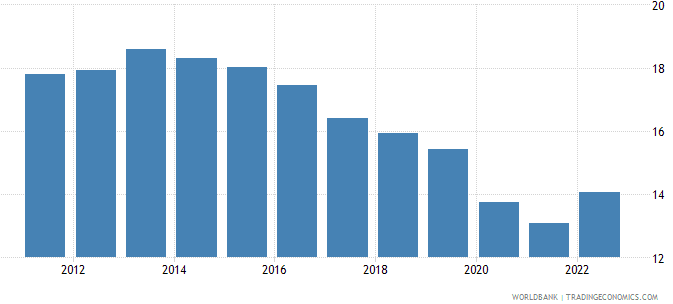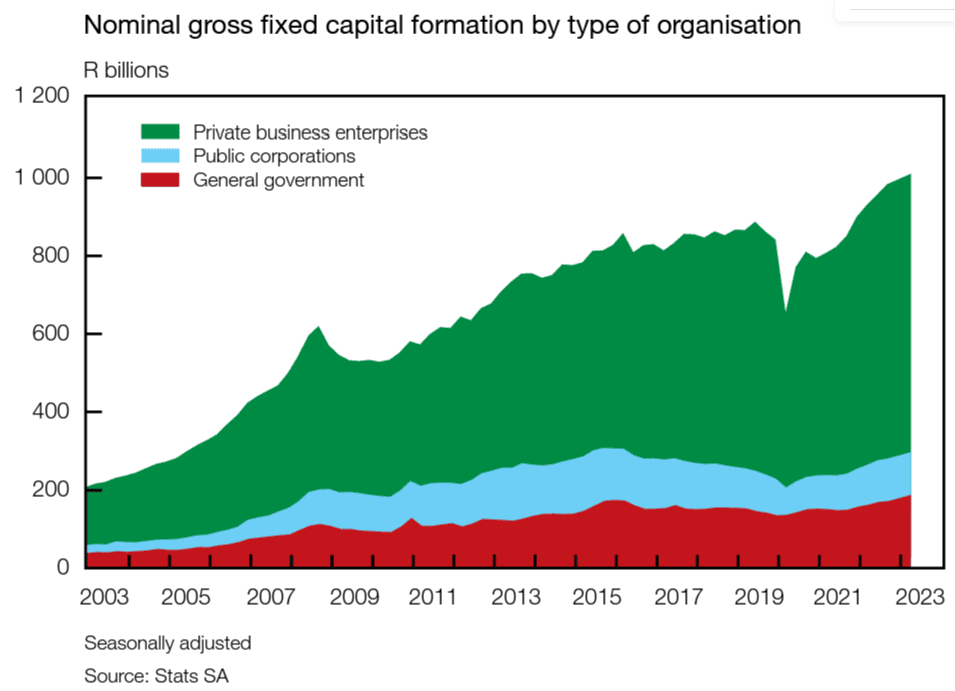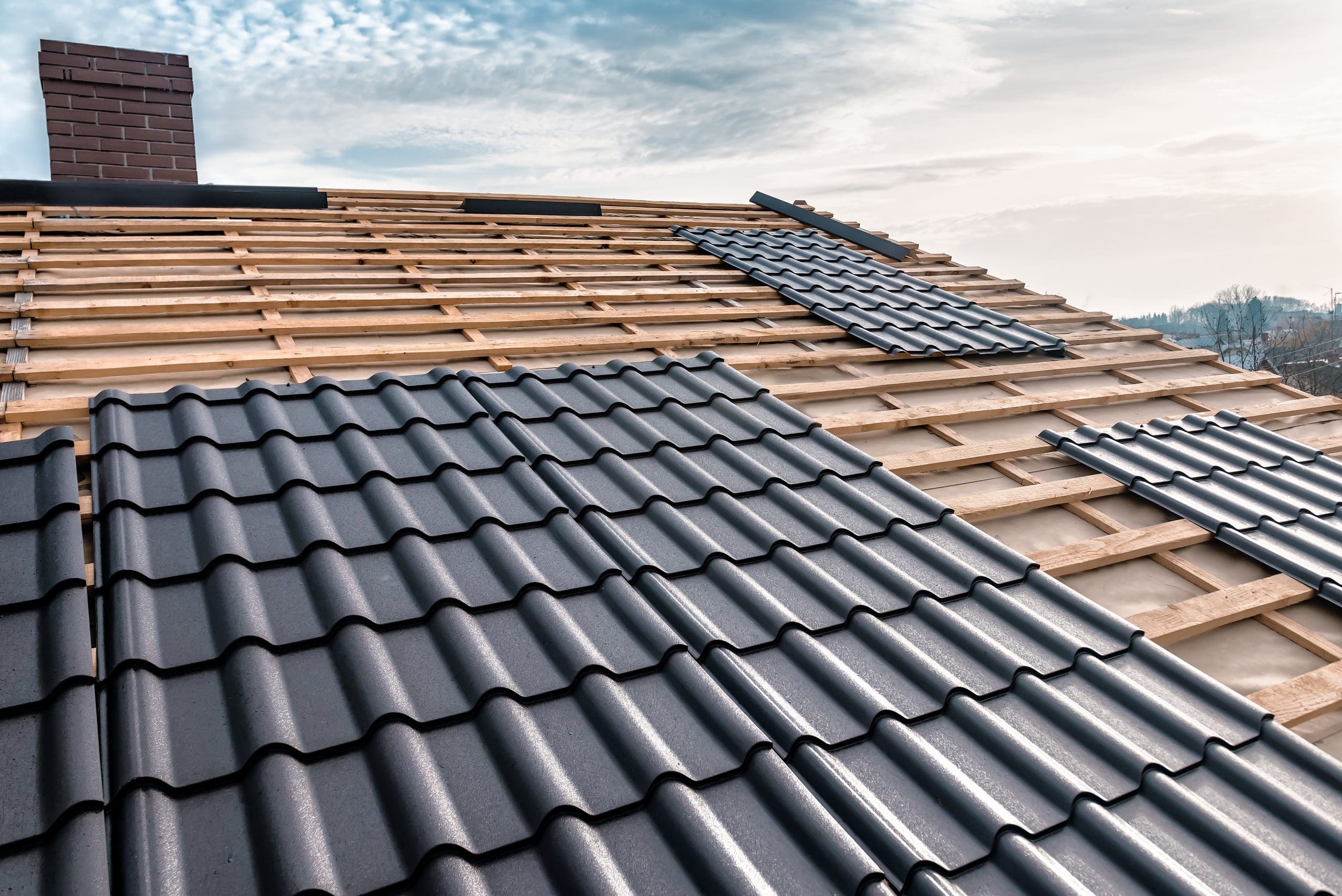The Impact of Infrastructure Development Challenges in South Africa
The importance of capital formation for infrastructure development
Infrastructure development has many elements including fixed capital formation, a statistical term for just about everything that constitutes investment in physical assets of a country’s economy. These investments are intended to be productive assets and generate income over time. Insulated wire and cable have a significant impact on infrastructure development, playing a crucial role in several sectors that drive the country’s growth and modernisation.
Assessing Infrastructure Development Priorities and Public-Private Contributions
There are two fundamental questions that need to be asked in connection with fixed capital formation. Firstly, how much should be allocated to fixed capital formation in a country for it to remain competitive and to increase its economic asset base? In practical terms, this would, for instance, relate to expanding and improving port capacity, roads and transport logistics, increasing electricity generation with cost-effective power supply to support economic growth, and increasing investment in telecommunications networks, including internet, phone, and data transmission systems.
Secondly, how much do government and public sector entities contribute to fixed capital formation compared to the private sector? As government collects the lion’s share of GDP through taxes, it is expected to assume responsibility for public sector infrastructure.
Beyond actual investment in productive assets, government has the responsibility to create an environment that is conducive for the private sector to carry out industrial activity that will grow the economy.
On the first question, emerging markets need to spend about 20-30% of GDP to bring build infrastructure and manufacturing capacity to the level of developed markets. South Africa does not score highly, as illustrated in the Trading Economics graph of infrastructure investment in South Africa as a percentage of GDP. This shows that South Africa is falling behind in relation to other emerging markets. The level of spending on infrastructure investment is at dismal levels of less than 15% (14.06%) in 2022, according to World Bank statistics (10% of South Africa’s GDP short on capital formation equals over R700bn)
On the second issue, the share of emerging markets’ public sector investment in infrastructure should be between 30% and 50% or even higher. Thus at 50%, government underspends in the region of R350bn.
South African Infrastructure Investment as a Percentage of GDP

The South African Reserve Bank (SARB) also provides a statistic on capital formation in the graph below.

The disconnect between private and public infrastructure investment
Construction of the Medupi and Kusile power stations, as well as locomotive investment, are behind the increased share of the public sector in overall infrastructure investment. But it is only half of the story, as illustrated in the SARB graph, where it is evident that government infrastructure spending has remained low over several years.

Where the disconnect comes in is that while public sector infrastructure investment is at the very low end of accepted benchmarks, the tax take in South Africa is high compared to other African countries.
South Africa’s tax-to-GDP ratio in 2020 (25.2%) was 9.3 percentage points higher than the average of the 31 African countries in the OECD Revenue Statistics in Africa 2022 (16.0%).
A recent International Monetary Fund estimate is found in the table below.
How does South Africa compare to its BRICS peers on infrastructure investment?
In the BRICS structure, South Africa has the lowest infrastructure investment, but the highest tax collection except for Brazil, whose infrastructure investment is however almost 5% higher than South Africa’s. South Africa has the lowest economic growth rate in BRICS, as illustrated in the table.
Economic data on BRICS countries

Source: IMF
South Africa imposes a high tax rate compared to its BRICS peers, but does not provide the required services in terms of infrastructure investment that it is supposed to deliver in support of economic growth. The few large-scale investments in public entities such as Eskom, Transnet, SAA, Denel were marred by underperformance in terms of execution delays, cost overruns, and design flaws that will forever cause suboptimal outputs.
It is time for South Africa to grasp the nettle and, as per Treasury’s advice, reduce wage expenses so that funds become available for infrastructure investment.
Contact us to access WOW's quality research on African industries and business
Contact UsRelated Articles
BlogCountries ConstructionSouth Africa
Nanotechnology in the Paints and Coatings Industry
Contents [hide] What is Nanotechnology? Nanotechnology is one of those many new technology buzzwords that are accepted in daily discourse but not very well understood as the magnitude is outside...
BlogCountries ConstructionSouth Africa
Advantages of Vertical Integration in the South African Tile Industry
Contents [hide] As covered in the WOW report on the Tile Industry in South Africa, the advantages of vertical integration in the tile industry relate to the fundamental principles of...
BlogCountries ConstructionMalawiManufacturing
Opportunities for the Cement Industry in Malawi
Contents [hide] The WOW report on the Manufacture of Cement in Malawi demonstrates that the country has the material required to produce cement and the labour force necessary to carry...





